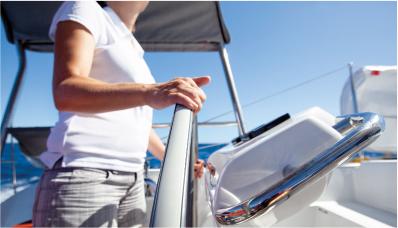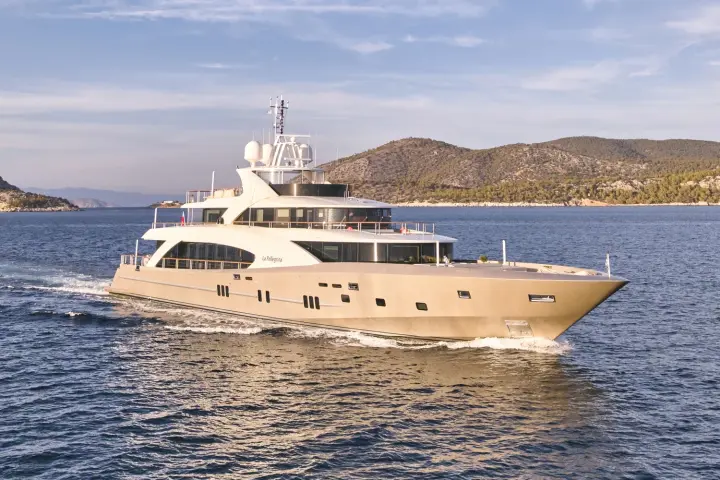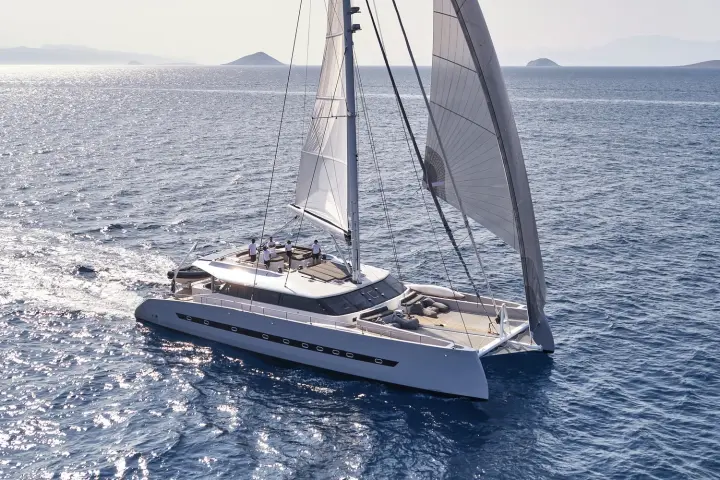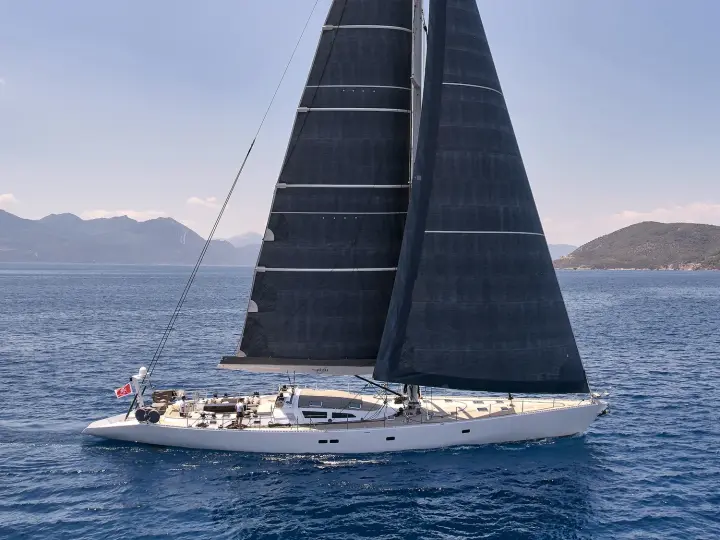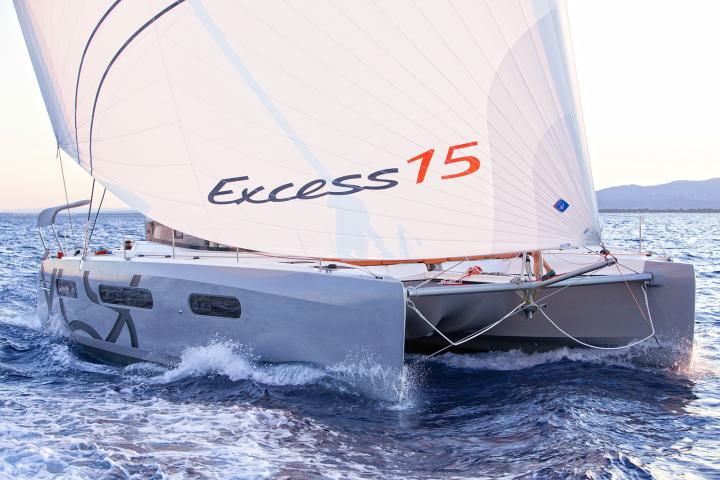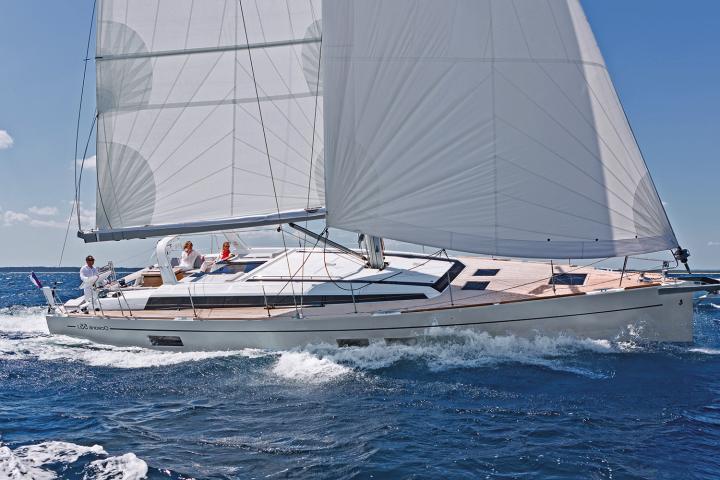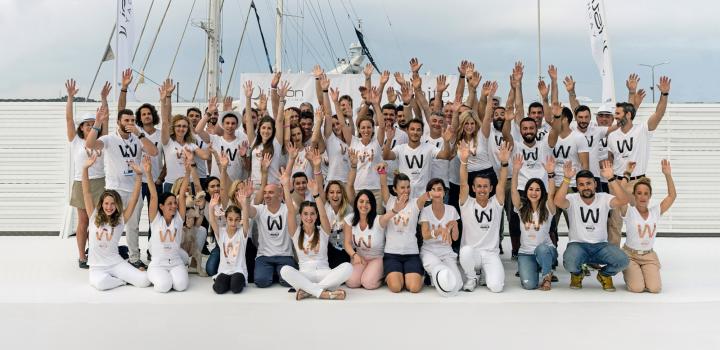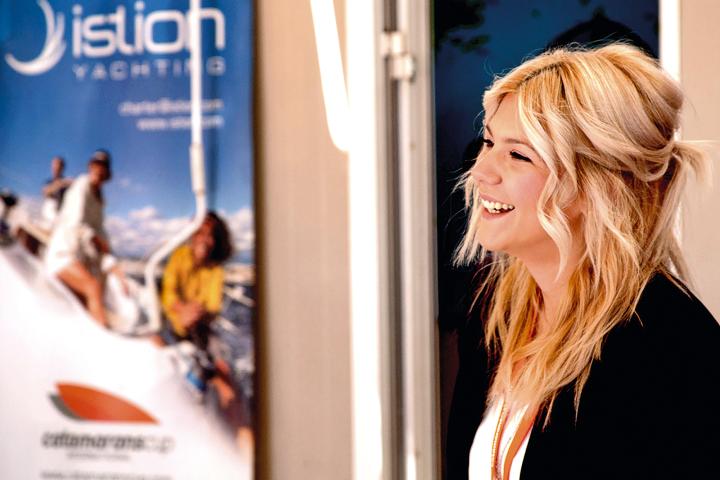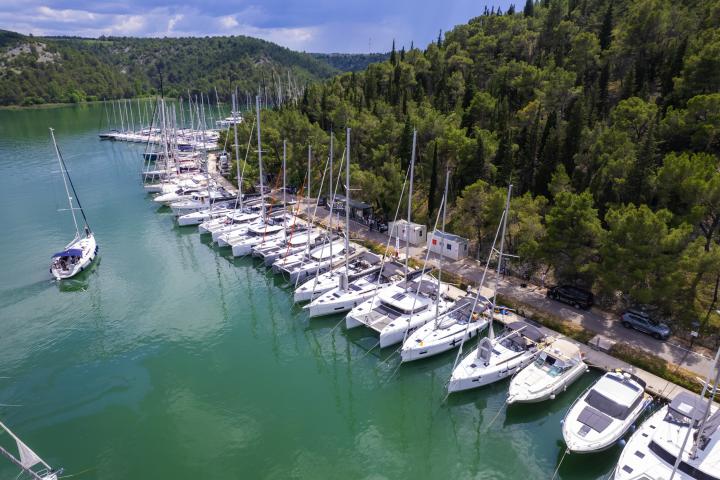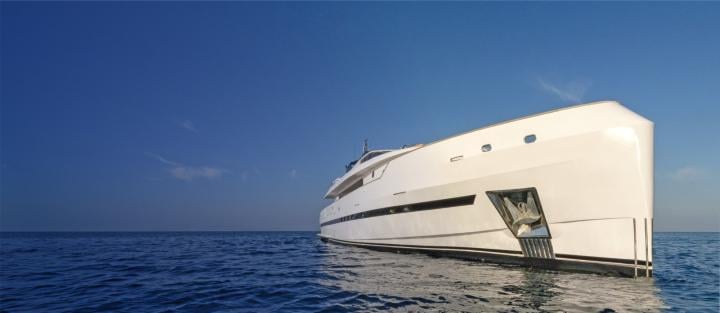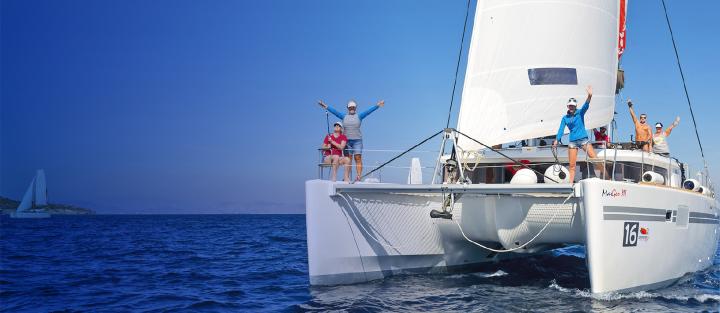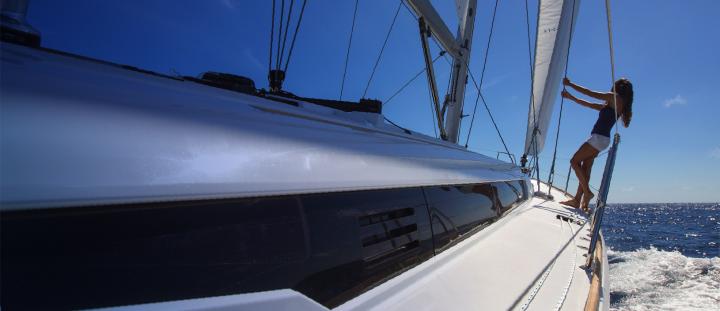Exploring Greece’s Seas by Region
Ionian Islands: Emerald Waters & Rich Marine Life
The Ionian Sea is famous for its clear turquoise waters and lush marine biodiversity. Here, you’ll find vibrant seagrass meadows, rocky reefs, and sheltered bays that support a rich underwater world.
What to Spot:
• The Posidonia oceanica seagrass beds, essential for oxygen and as nurseries for young fish.
• Colorful fish like Mediterranean damselfish, wrasses, and groupers.
• Occasional sightings of loggerhead sea turtles (Caretta caretta) in nesting season.
• Octopuses and moray eels hiding in rocky crevices.
Photo Tip: Capture the sunlight filtering through seagrass underwater or a sea turtle gliding near the surface. Use a polarized lens to reduce glare when shooting above water.
Safety & Respect:
Avoid anchoring in seagrass beds to protect these vital habitats. Be careful around octopuses and eels. They’re shy but will defend themselves if disturbed.

Cyclades: Rugged Beauty & Unique Sea Life
The Cyclades’ more volcanic, rocky seabeds host fascinating marine life adapted to their unique conditions. The waters here are often deeper, with a mix of open sea and hidden coves.
What to Spot:
• Brightly colored parrotfish and sea bream darting around rocks.
• The elusive Mediterranean monk seal, one of the most endangered marine mammals in Europe - keep a respectful distance.
• Soft corals and sponges that create underwater gardens.
• Rare sightings of dolphins playing near the boats.
Photo Tip: Try shooting wide-angle underwater shots around reefs or capture dolphins breaching with fast shutter speed.
Safety & Respect:
Monk seals are protected. Never approach or disturb them. Avoid touching corals or sponges, as they are fragile.

Sporades & Saronic Gulf: A Marine Sanctuary
These areas boast a mix of deep waters and sheltered bays, creating an excellent habitat for a variety of sea creatures, including many endemic species.
What to Spot:
• Schools of sardines and anchovies shimmering near the surface.
• Sea urchins, starfish, and colorful nudibranchs crawling on rocks.
• Loggerhead turtles and occasional manta rays in deeper waters.
• Seabirds like the Mediterranean gull and cormorants along the coast.
Photo Tip: Use macro photography to capture tiny creatures like nudibranchs and starfish, or a zoom lens for seabirds and turtles.
Safety & Respect:
Sea urchins can sting, so wear water shoes when swimming near rocky bottoms. Be mindful of marine protected areas and avoid fishing in restricted zones.

Dodecanese: Warm Waters & Diverse Species
The Dodecanese’s warmer waters and diverse coastlines are home to both common Mediterranean species and some rarer tropical visitors due to the warmer sea temperatures.
What to Spot:
• Lionfish, an invasive species, often seen around rocky areas.
• Bright red sea stars and colorful Mediterranean damselfish.
• Loggerhead turtles nesting on some beaches.
• Coral formations in deeper waters that offer shelter to fish and crustaceans.
Photo Tip: Dive or snorkel with a waterproof camera to capture lionfish’s striking patterns or coral clusters.
Safety & Respect:
Beware of the lionfish’s venomous spines. If you spot them, keep your distance to avoid injury.
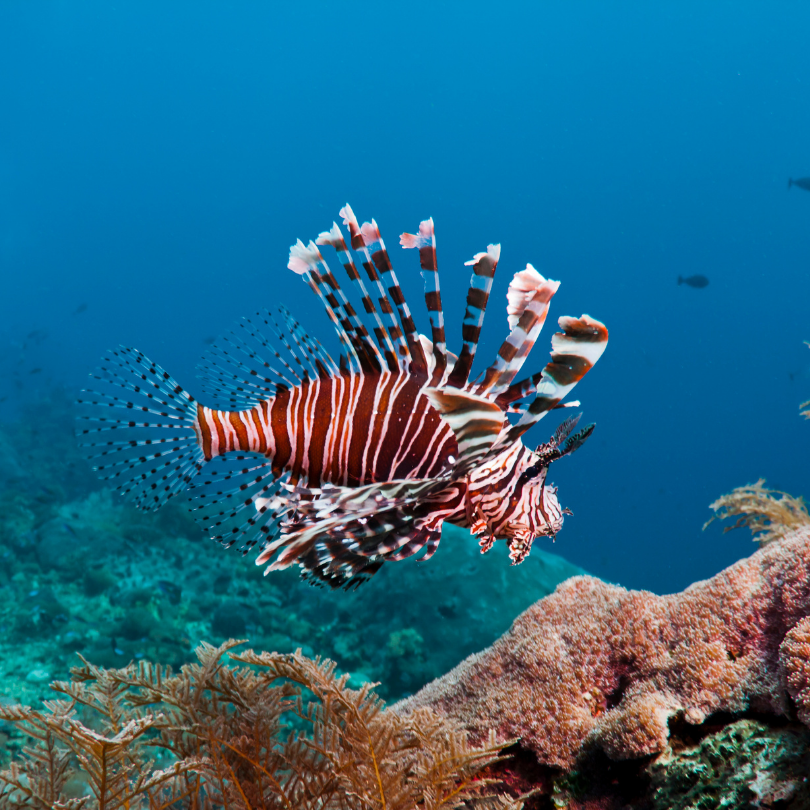
Why It Matters: Protecting Greece’s Water Life
These marine ecosystems are fragile and face threats from pollution, climate change, and irresponsible boating. By understanding the local water life, practicing safe boating, and respecting wildlife, sailors help preserve the beauty of Greece’s seas for years to come.
Final Thought: Next time you set sail in these magical waters, bring this guide along, not just for spotting creatures, but as a reminder to be a mindful guest of the sea.


